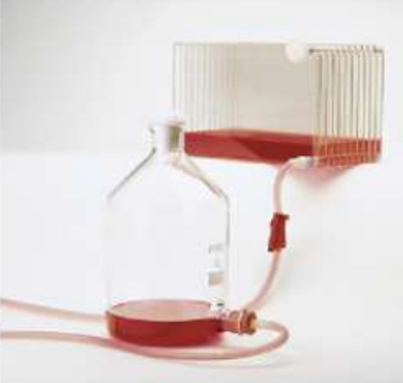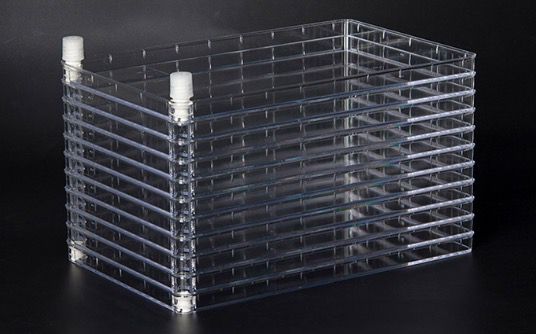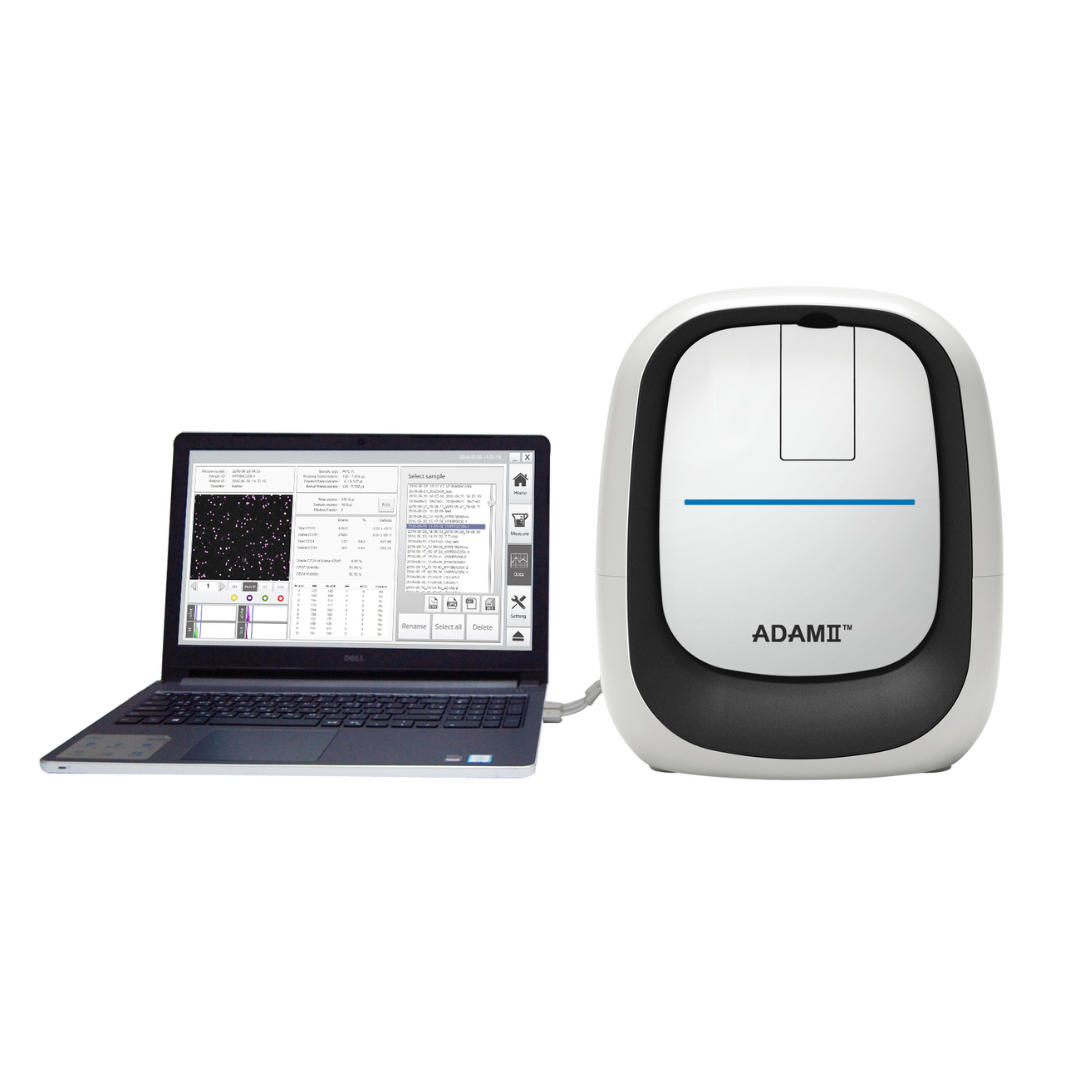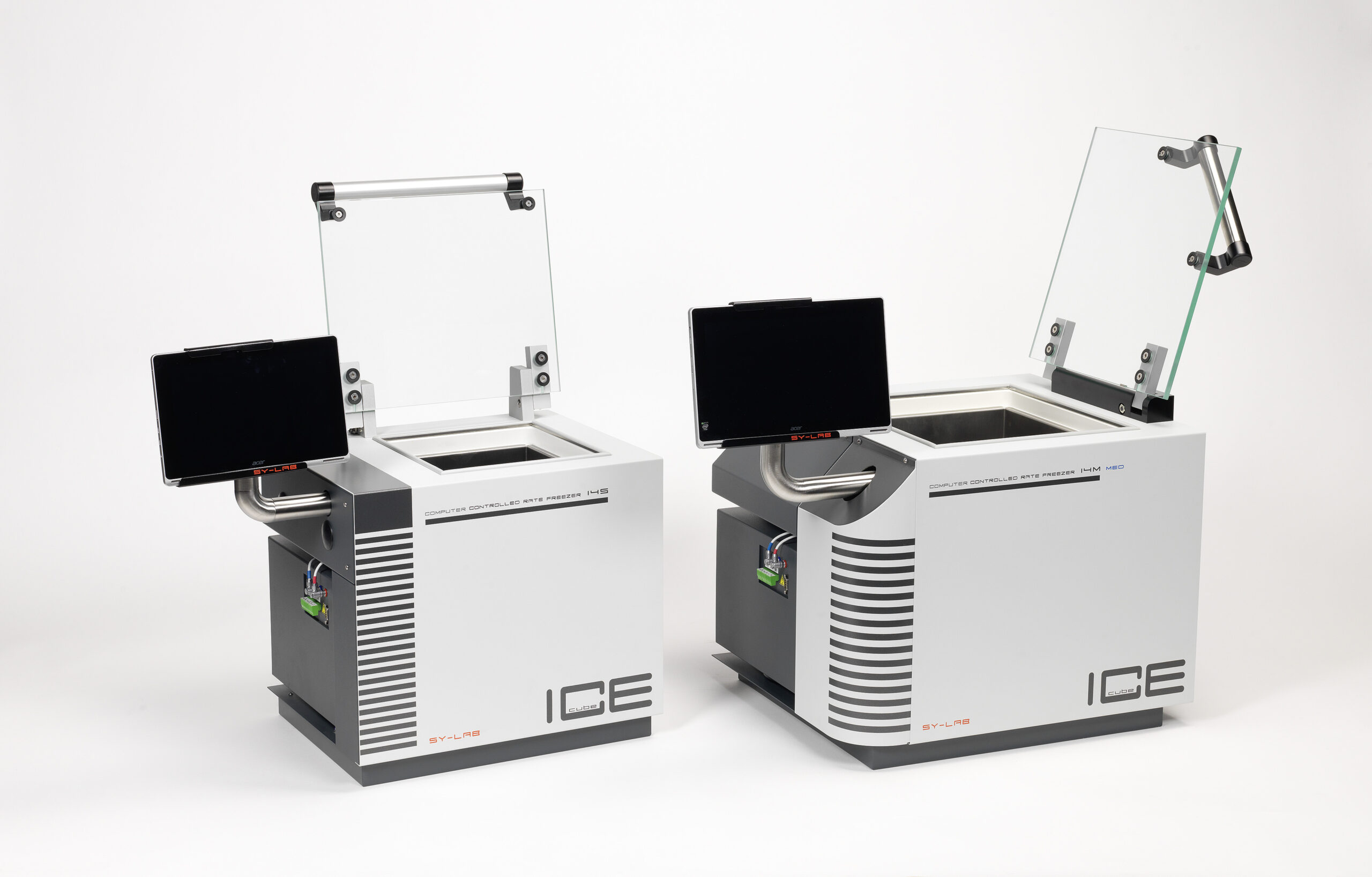
How To Choose The Right Rotor For Your Centrifuge?
There are several types of rotors available. The most common are:
-
Fixed angle: these rotors are made of metal blocks with wells dug inside and inclined at an angle of 15 to 35 degrees to the horizontal, depending on the model. The tubes to be centrifuged are deposited in these wells. In general, these rotors are relatively compact and it is easier to rotate them quickly because of their relatively short radius. Particles tend to sediment mainly along the wall of the tube and towards the bottom of the tube. Most medium and high speed centrifuges use this type of rotor.
-
Swing rotors: they allow the tube to change angles during the stroke. The buckets are vertical when stopped and horizontal when operating. The particles can therefore sediment directly at the bottom of the tube without ever hitting the tube walls. The main disadvantage to this type of rotor is that it cannot reach very high rotation speeds because the buckets in horizontal position extend beyond the radius of the rotor. They are frequently used for low-volume research applications.
In order to choose the appropriate rotor, it is important to consider the following points:
-
The capacity: how many samples the rotor can hold
-
The speed: varies according to the type of rotor you choose. Much higher speeds can be achieved with fixed angle rotors than with swing out rotors (see previous paragraph).
-
The type of sample to be centrifuged
For diverse applications, it is important to choose a model that will work with different rotors. As such, it is important to ensure that the rotor can be changed easily. Some models are equipped with an automatic rotor identification system.









